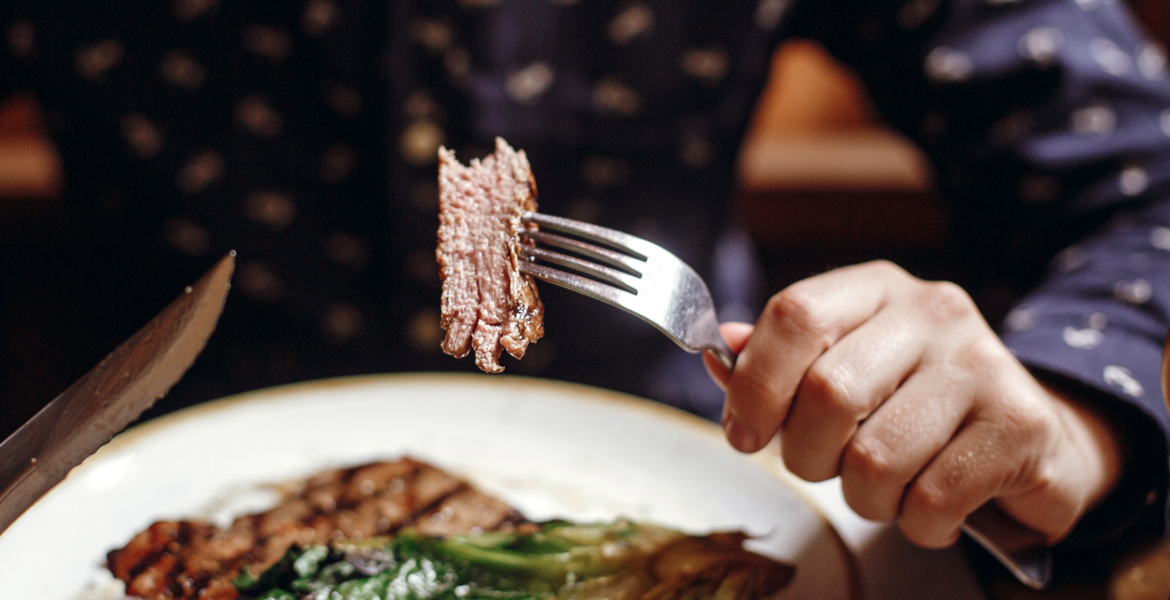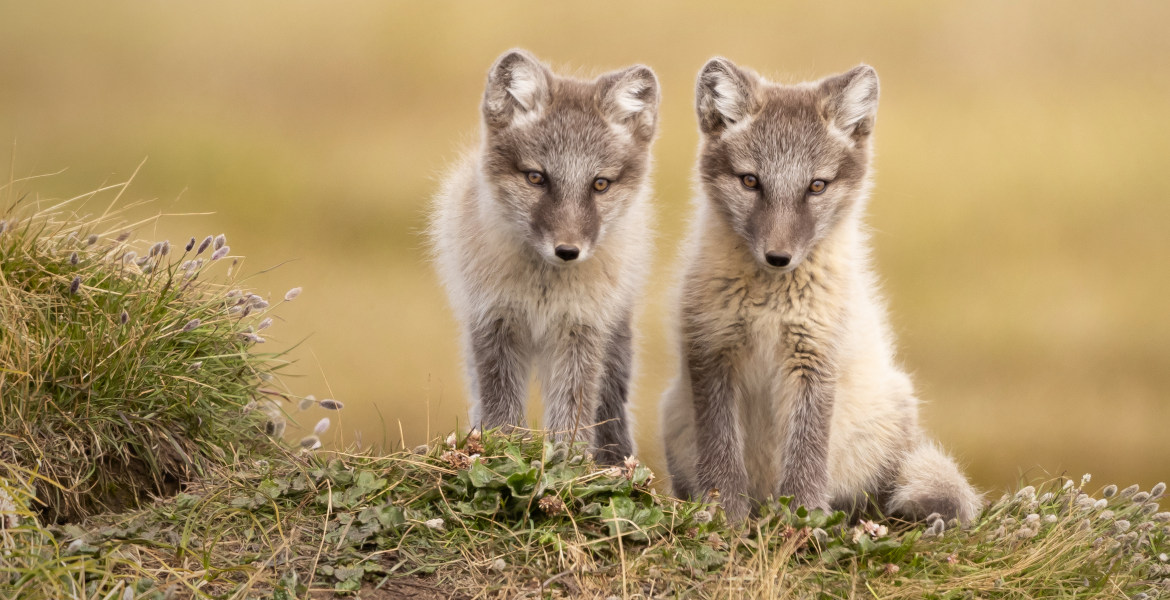Finland’s proposed sugar tax, which would increase the price of sweets by 20%, would not reduce consumption, according to a new Finnish study. The results suggest that substitutes are needed to encourage consumers to change their bad habits.
The Finnish government, together with the country’s health authority, has proposed introducing a so-called health tax on foods high in trans fats, sugar and salt. The reasons include a budget deficit of 12 billion euros and proposed tax increases on, for example, electric cars.
A sugar tax is justified in particular by the fact that unhealthy food causes health problems in the population and is expensive for society. However, a new study shows that a health tax would not change the habits of Finnish consumers.
– According to the study, the sugar tax did not reduce the consumption of sweets, Tuomas Kosonen, a research professor at VTT’s National Economic Research Centre FIT, tells the Finnish state newspaper Yle, continuing:
– Based on the research results, I would not recommend introducing a health tax.
“There must be alternatives”
The results of the study show that an increased tax would have very little impact on consumers’ health habits. For example, the study looked back at the introduction of a sugar tax in 2011, which led to a 10% increase in the price of ice cream, soft drinks and sweets. This had almost no impact on consumption, according to the study.
However, the soda tax introduced in 2014, which taxed sugary sodas but not sugar-free sodas, led to a decrease in the consumption of regular sodas. However, consumption of diet soda increased. Kosonen argues that in order to affect consumer habits, a substitute product is needed.
– If you want a tax to affect people’s overall health, you have to think carefully about which products to tax and where it will work. There have to be product alternatives, says Kosonen.








